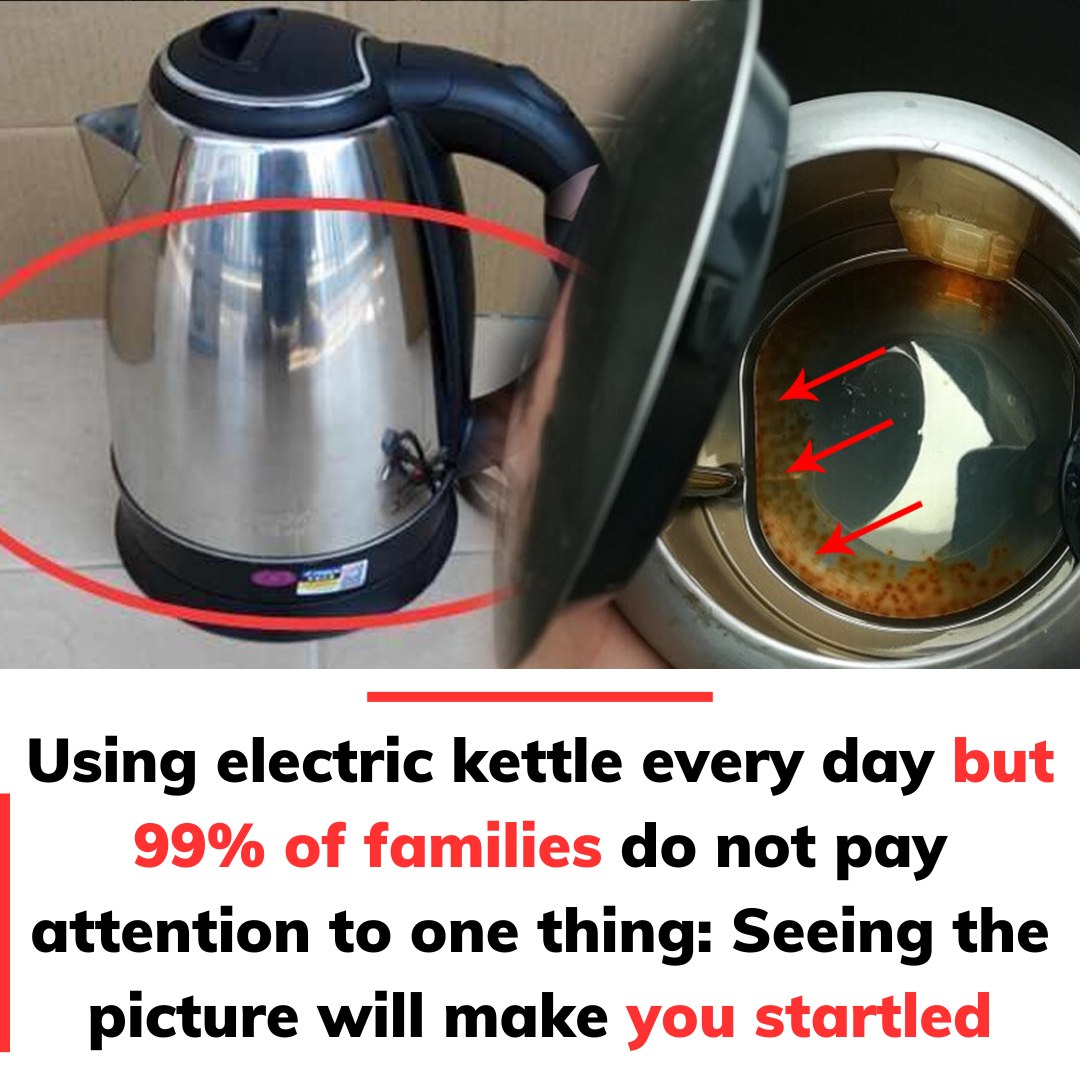Electric kettles are a staple in most households today, used daily for everything from making tea to boiling water for cooking. Despite their frequent use, many people overlook one critical maintenance step: cleaning the kettle. Neglecting this task can lead to unsightly buildup, reduced efficiency, and even potential health risks.

The Problem: Hidden Dirt and Plaque
A discussion on a household appliance forum recently sparked widespread attention when users shared images of the inside of an electric kettle that hadn’t been cleaned in years. The photos showed layers of white and yellow plaque and dirt concentrated at the bottom of the kettle.
Experts explain that this buildup consists of impurities, including calcium and magnesium deposits from hard water, as well as bacteria that can grow over time. These minerals naturally occur in tap water, but without regular cleaning, they can accumulate and harden into limescale, creating a breeding ground for germs.
Why Cleaning Matters
Even though you’re boiling water daily, the high temperature doesn’t completely eliminate the problem. Dirt, minerals, and impurities from the water source or the environment can still settle at the bottom of the kettle. Over time, this leads to the unsightly plaque seen in the shared images.
Failing to clean your electric kettle can result in:
- Health Risks: Prolonged exposure to bacteria or impurities can compromise water quality.
- Reduced Efficiency: Limescale buildup forces the kettle to work harder, increasing boiling time and energy consumption.
- Shortened Lifespan: The accumulated plaque can damage the kettle’s heating element, leading to premature wear and tear.
How to Properly Clean Your Electric Kettle
Regular cleaning is essential to keep your kettle working efficiently and safely. Here’s how to do it:
- Daily Maintenance: After each use, rinse the kettle with clean water to prevent residue from drying and hardening.
- Deep Cleaning with Vinegar: Once a week, fill the kettle with a mixture of equal parts water and white vinegar. Let it sit for 30 minutes, then boil the mixture. Rinse thoroughly afterward to remove any lingering vinegar smell.
- Use Baking Soda for Tough Stains: For stubborn limescale, sprinkle baking soda inside the kettle, add water, and scrub gently with a soft brush or sponge.
- Descaling Solutions: Commercial descaling products are also effective for removing mineral deposits. Follow the manufacturer’s instructions for best results.
Prevention Tips
- Use filtered or distilled water to minimize mineral deposits.
- Avoid leaving water in the kettle for extended periods. Empty and dry it after each use.
- Clean the kettle regularly, even if it doesn’t appear dirty. This helps prevent buildup before it becomes visible.
Final Thoughts
Your electric kettle works hard to make your life easier, but it needs proper care to stay in top condition. Cleaning it regularly not only ensures better-tasting water but also extends its efficiency and lifespan. Don’t let hidden dirt and plaque compromise the safety and functionality of this everyday appliance.





